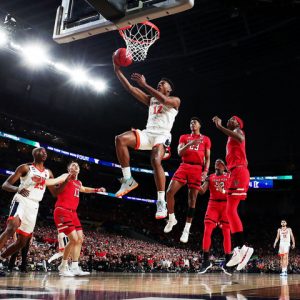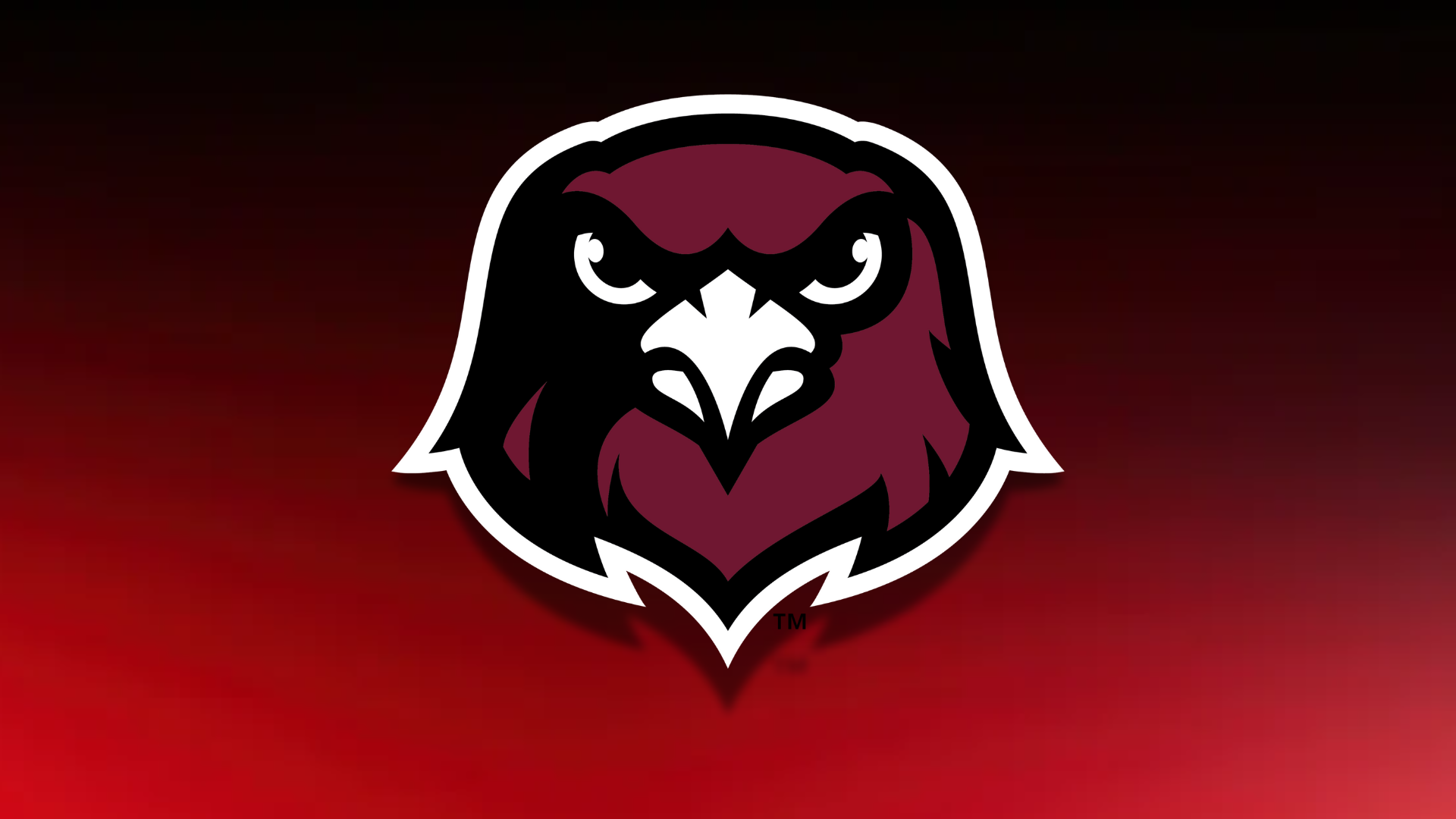Jumpers knee – inflammation of the patellar tendon – is a common injury among basketball players that, because it is an overuse injury, typically happens as the season progresses. So if it’s an overuse injury should we rest our players? We can’t do that, we’re trying to win games. We’re trying to win championships! Ibuprofen isn’t the answer either as NSAID’s slow the inflammatory cascade – this is the body’s repair process. Also, long term, NSAID’s can hamper full repair of tendons and ligaments.
Enter: The front foot elevated split squat.
If done correctly split squats can be a big addition to your basketball team’s training program. That word “correctly” is definitely important. But when done correctly this exercise can wipe out jumpers knee in a matter of weeks or even days.
For proper form and why you need to elevate the front foot check out my short YouTube video HERE.
Here are the 3 reasons why this exercise is so effective at eliminating jumper’s knee (patellar tendonitis)
- Full Range Of Motion
The research has shown that full range of motion (ROM) squatting creates less stress on the knee than partial squatting. This is because the greatest compressive forces in the knee occur at 90º ROM.
Full ROM also distributes the load you are moving throughout the knee joint creating what’s known as “the wrapping effect” strengthening the quadriceps tendon and subsequently the entire knee joint. This is critical for optimal joint integrity and optimal nervous system recruitment of muscle fiber.
If you think about a basketball player jumping for a rebound or blocked shot they do not squat all the way to the floor. This repetitive “partial squatting” also creates adhesions on the fascia that can create pain and promote tendonitis. Performing a front foot elevated split squat correctly takes the knee (and ankle) through a full range of motion. While there may be some pain at first this full range of motion will help to eliminate fascial adhesions and restore the knee’s function by strengthening every aspect of the knee, both muscles and ligaments.
*Side note: when you squat to full depth versus partial depth you can greatly increase vertical jump numbers!
- Ankle dorsiflexion
Dorsiflexion is the ability to bring your toes up towards your shin bone. Two studies done over the past 13 years concluded that if an athlete has poor dorsiflexion their chances for getting jumper’s knee are substantially increased. This point solidifies my first point that full range of motion is critical for optimal athletic performance and injury prevention.
When you perform the front foot elevated split squat correctly you work your ankle through full dorsiflexion. As I state in the video, over time, you can lower the elevation of your front foot further improving range of motion and decreasing your athlete’s chances at getting jumper’s knee.
- Eccentric load
In a randomized control trial from 2006 researchers discovered that eccentric strength training was just as good as surgery to prevent patellar tendonitis. Most athletes don’t lower the weight slowly when lifting weights. For my clients tempo is always a part of the workout.
If you watch my form video above you’ll notice that I recommend a tempo of 3010 or 4010 – this means that your athlete should lower themselves through the negative portion of the exercise for 3 to 4 seconds before accelerating up back to the start of the exercise. If your athlete does 10 repetitions that means they will have 30-40 seconds of time under tension in the eccentric portion of the lift. This controlled lowering does wonders for minimizing your athlete’s chances of getting jumper’s knee.
Conclusion.
The benefits of this exercise definitely don’t stop there. But for the sake of eliminating jumper’s knee this exercise should be incorporated into your athlete’s and your team’s workout program. I would also be mindful of calf (gastrocnemius, not soleus) and hamstring strength as both of these muscles connect through the knee and their weakness can be a contributor to jumper’s knee. An athlete’s knee commonly travels in front of their own toe in a game of basketball … see picture below … training the knee to be strong out in front of the toe is necessary for optimal performance and injury prevention. And for more information on athlete performance check out my website on athlete performance here: https://www.
References:








